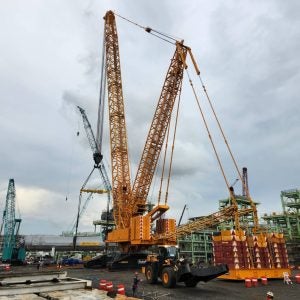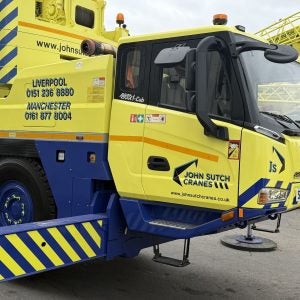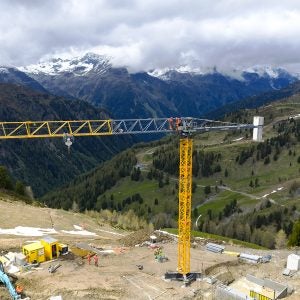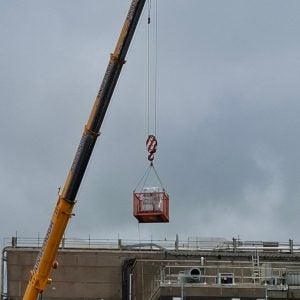The live demonstration you witnessed may not have been as dramatic as it appeared. A driver will often bring his crane close to another, or to a prohibited area, under perfect control. When he reaches the pre-set limit, the indicators will show red, just as you describe. The monitoring system you witnessed is able to record all such events, but it is not straightforward to identify the real prevented collisions from cranes simply working as close together as is permitted. So, did something happen on that occasion? It is impossible to say with any certainty.
There are many instances where an anti-collision system indisputably prevents a clash. The collapse of a luffing jib following a collision between two cranes in London last October illustrates clearly the seriousness of the problem, and less dramatic collisions are, I believe, quite commonplace. The problem is that evidence is largely anecdotal and difficult to verify. To ask a driver if he has hit another crane is to ask the wrong question. Ask him if he has been hit by another crane or if other drivers need an anti-collision system, and you will learn far more! We are all fallible and a safety system should be seen as a valuable aid, not an insult to our abilities.
The increasing density of cranes on city sites, cabs designed with no rear window, longer saddle jibs and increased use of luffing jibs, all add to the risk of collisions. Driver training and experience, planning of lifts and good communication remain as important as ever, but anti-collision systems provide a back up in the management of these risks. Far from a conspiracy to hide information, additional monitoring systems can provide very useful data.
Tim Rowley, director, Cranesafe Ltd (The UK subsidiary of SMIE, France)






